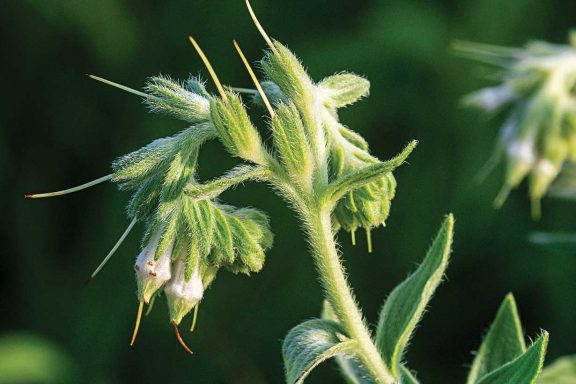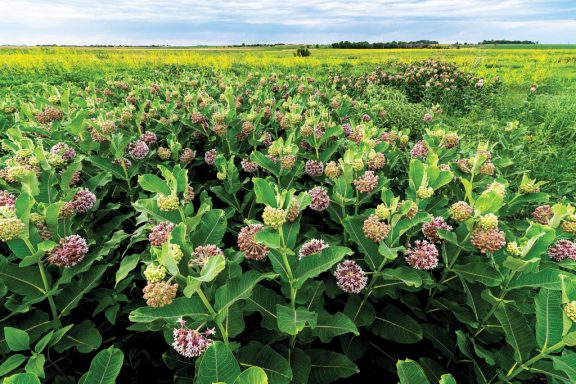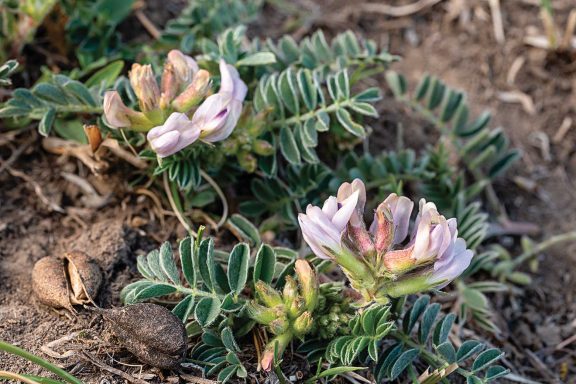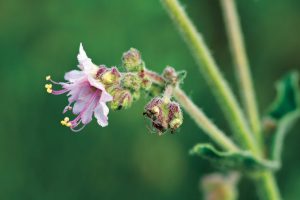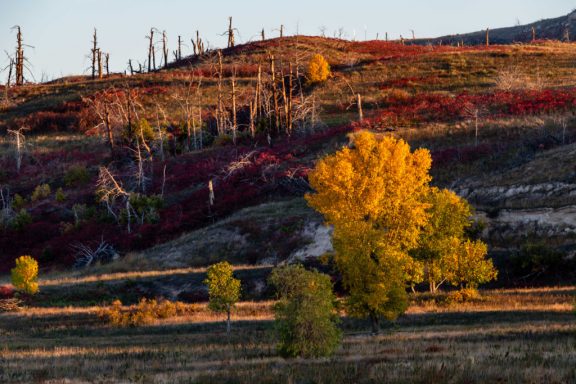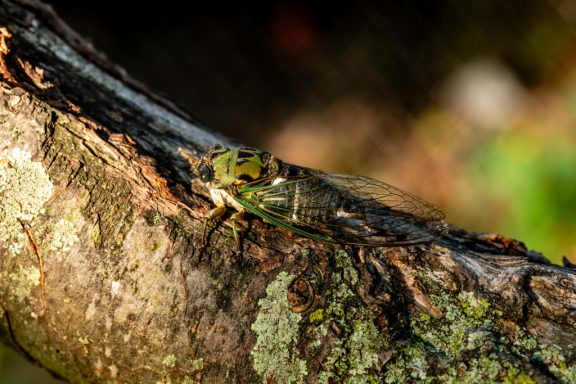Despite more than 1,500 native plants in Nebraska, marbleseed is perhaps the author’s favorite.
Author: Gerry Steinauer
How Landowners Can Increase Milkweeds
These strategies for increasing milkweeds will also help increase habitat for monarch butterfly populations.
Nebraska’s Obscure Prairie Milkvetches
Big, showy wildflower species get all the attention, while less eye-catching species, like the beautiful milkvetch, often go unnoticed.
The Missing Memory Card
Nebraska botanist and photographer Gerry Steinauer tells a tale of a common mistake made by wildlife photographers.
October Morning on the Niobrara
On an early October day last year, dawn arrived on the central Niobrara River Valley, bringing with it a host of autumn colors.
The Scissors Grinder
Of the world’s roughly 3,000 species of cicada, Nebraska has 22 species of annual cicada and 2 species of 17-year cicada.

